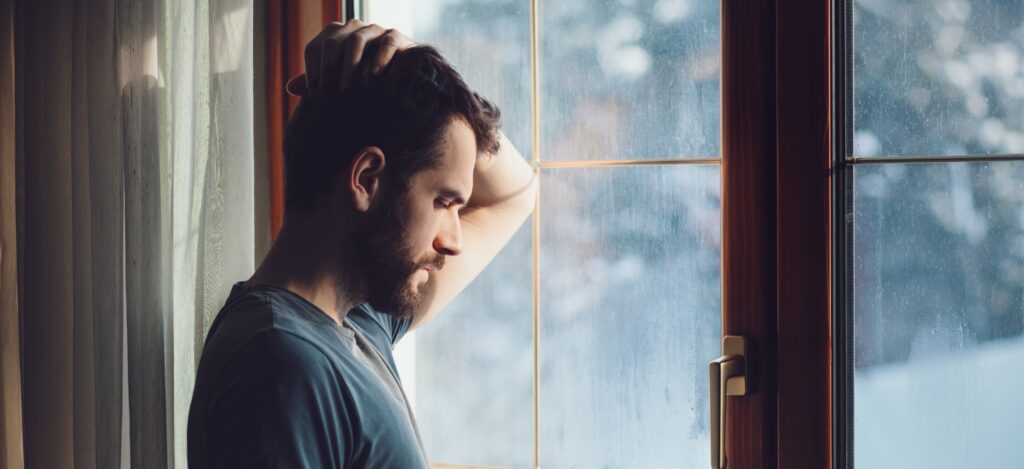The aftermath of suicide leaves a profound and lasting impact on those left behind. Suicide loss survivors are faced with an overwhelming mix of emotions and numerous challenges, long after the funeral or memorial service has ended. A lot has been written about the traumatic nature of suicide grief. Survivors experience debilitating emotions, persistent thoughts about what happened, struggles with guilt or blame, and an endless search for answers. Some grapple with the haunting experience of flashbacks as traumatic memories resurface in their minds.
Over the last 20+ years, as I have listened to the stories of survivors, I’ve noticed that many experience an additional type of challenge that I call “Secondary Wounds.” Secondary wounds occur when individuals, employers, or organizations that survivors believe they can rely on to offer support, fail to be there – or even worse, do or say things that cause more pain. In a time when survivors are grappling with unimaginable grief, guilt, and confusion, an absence of communication or insensitive words or actions by those once considered close and reliable, can be especially hurtful.
Below are some of the most common ways in which secondary wounds occur:
Denial and Disbelief: Occasionally, survivors are met with skepticism or lack of understanding when they share their experiences or emotions surrounding the suicide. It can be disheartening for survivors to be told that their perception of events is flawed or that they are simply confused. Validating their experiences and offering a listening ear can help survivors feel seen and heard.
Discounting and Minimizing: Survivors sometimes feel “dismissed” as if their pain is unwarranted or exaggerated. Statements such as “It’s time to get over it” or “You knew he was depressed. Why are you so upset?” minimize the profound impact of their loss. It is crucial for friends, family, and the community to acknowledge and validate the depth of their grief, providing a safe space for survivors to express their emotions without judgment.
Blaming Survivors: Blame directed at survivors can exacerbate their pain and guilt. Whether expressed explicitly or subtly, such as “If you hadn’t…” or “That’s what you get for…” it only serves to further diminish their sense of self-worth. It is essential to recognize that survivors have endured an unimaginable loss and to refrain from assigning blame, focusing instead on providing empathy and support.
Treating Survivors as Defective: When survivors are treated as if something is inherently wrong with them or their family, it adds another layer of distress to their already overwhelming grief. It is important to remember that survivors are not defined by the circumstances of their loved one’s suicide. Compassion and understanding can help them regain their sense of self and rebuild their lives.
In Conclusion:
Secondary wounds experienced by suicide survivors are deeply painful and can significantly hinder their healing process. Survivors may need to distance themselves temporarily from those who lack understanding and sensitivity. As the years go on, many find it possible to understand and even forgive the insensitivity – or what felt like insensitivity – that was so painful early on. Hopefully, as awareness of the suicide loss experience grows, more and more individuals and communities will become sensitive and supportive in the aftermath of suicide. Survivors deserve empathy, compassion, and the recognition of their right to grieve and heal at their own pace.




